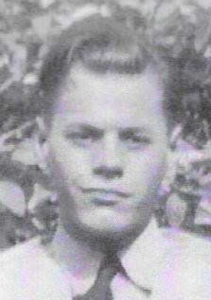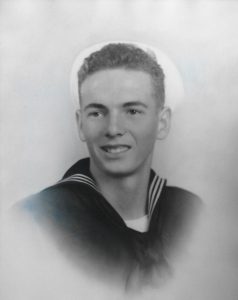Alaniz, Robert Gonzalez
Army Corporal
Robert Gonzalez Alaniz, age 23, from Maricopa County Tucson, Arizona .
Spouse: Rita Alaniz
Service era: Korea
Date of death: Wednesday, November 29, 1950
Death details: By mid-November 1950, U.S. and Allied forces had advanced to within approximately sixty miles of the Yalu River, the border between North Korea and China. On November 25, approximately 300,000 Chinese Communist Forces (CCF) “volunteers” suddenly and fiercely counterattacked after crossing the Yalu. The 2nd Infantry Division, located the farthest north of units at the Chongchon River, could not halt the CCF advance and was ordered to withdraw to defensive positions at Sunchon in the South Pyongan province of North Korea. As the division pulled back from Kunu-ri toward Sunchon, it conducted an intense rearguard action while fighting to break through well-defended roadblocks set up by CCF infiltrators. The withdrawal was not complete until December 1, and the 2nd Infantry Division suffered extremely heavy casualties in the process. Sergeant Robert Gonzalez Alaniz, who joined the U.S. Army from Arizona, was a member of the Headquarters Company of the 38th Infantry Regiment, 2nd Infantry Division. On November 29, the 38th Infantry Regiment was ordered to defend the area east of Kunu-ri, to cover the start of the 2nd Division’s retreat. The CCF attacked as the 38th Infantry consolidated their defenses, forcing the defenders to fight their way back to Kunu-ri before joining the withdrawal to Sunchon. Large moving battles ensued, and SGT Alaniz went missing at some point during the series of retreats from the Kunu-ri area. He was never reported as a prisoner of war, and is thought to have been killed during one of the battles that took place during the withdrawals. Sergeant Alaniz’s remains have not been recovered, and he has not been associated with any remains returned to U.S. custody after the war. Today, Sergeant Alaniz is memorialized on the Courts of the Missing at the National Memorial Cemetery of the Pacific. His name is also inscribed on the Korean War Veterans Memorial Wall in Washington, DC, which was updated in 2022 to include the names of the fallen.
Source: National Archives, Defense POW/MIA Accounting Agency, Tucson Daily Citizen (1951)

